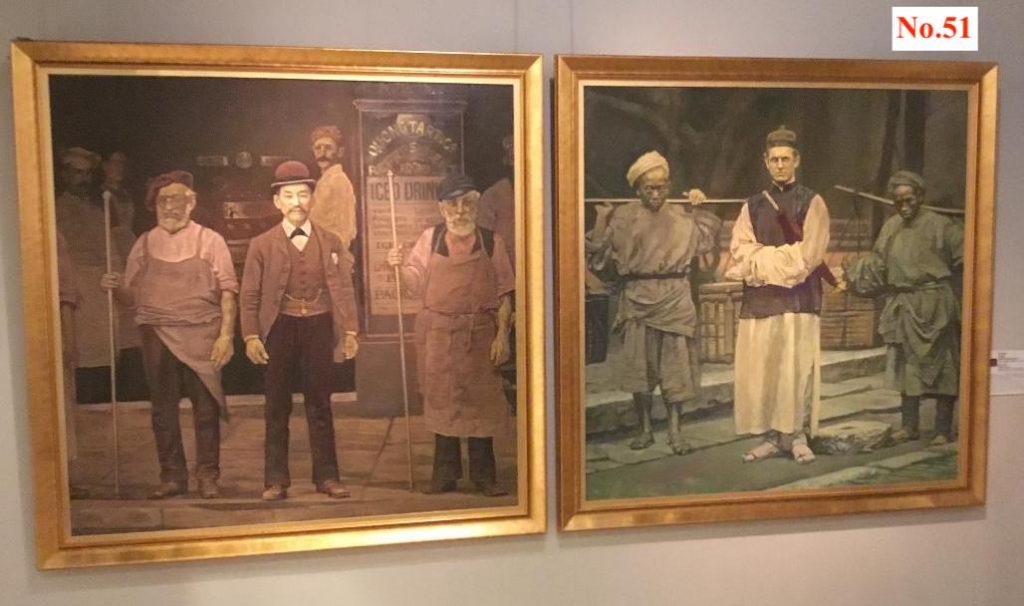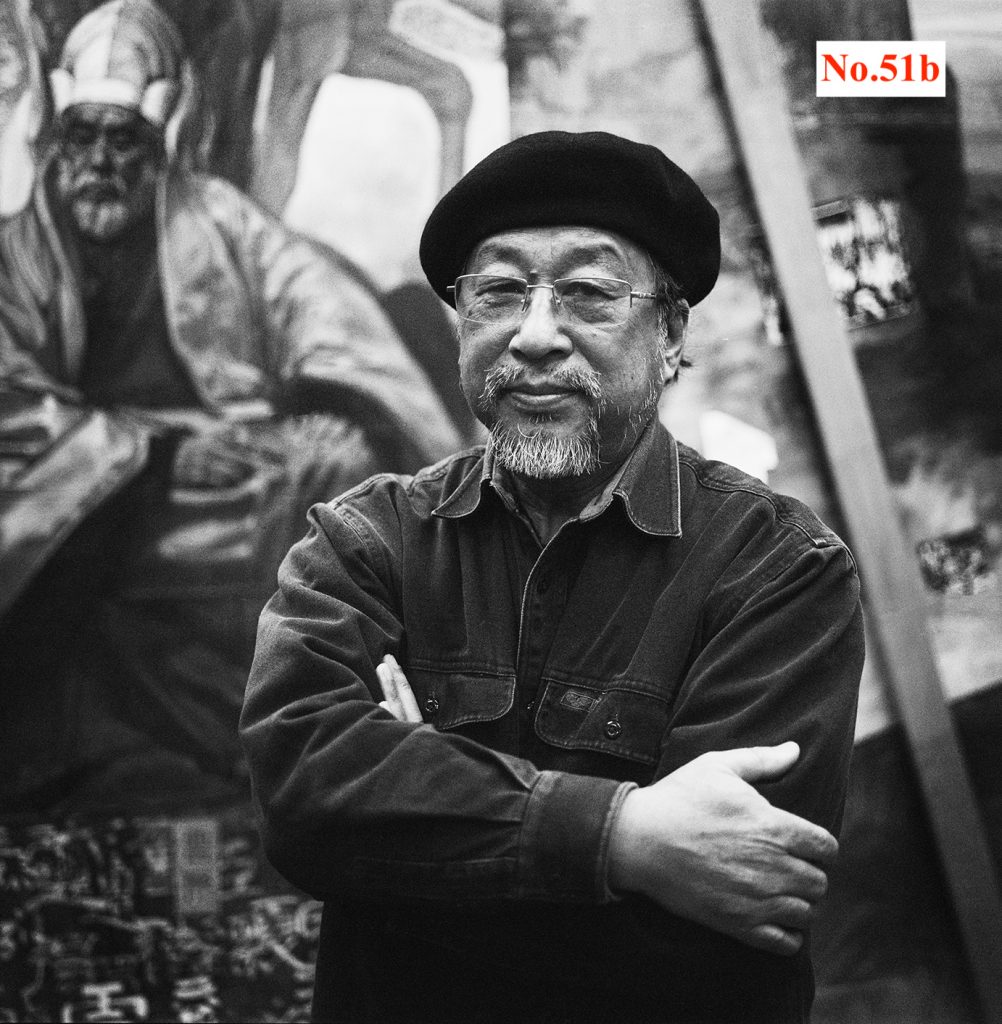
In 2017 two figures out of Australian history found themselves hanging side by side in the 7th Beijing International Art Biennale exhibited in the National Art Museum of China. In juxtaposing contemporaries Quong Tart and George Morrison, who had met in Sydney on occasion, the Chinese Australian artist Shen Jiawei was making an interesting historical point. Namely, that Chinese Australian history is as much about China’s history as it is about Australia’s. This was true at the turn of the 20th century and remains true today. In fact, Shen Jiawei, with his focus on history in his art, is an excellent though by no means singular example of just this interaction between China and Australia. An interaction which generates the field we label Chinese Australian history.

For Shen Jiawei it was a matter of visually portraying a “Chinaman in Australia and an Australian in China”. Moy Quong Tart (see No.50) the young immigrant made good as a Sydney businessman and George Ernest Morrison the young adventurer turned influential journalist and would-be governmental advisor. Both are seen as bridges between their respective cultures of origin and that of their adopted places of residence. And both have been much exaggerated in those roles. Quong Tart was not the most influential of Sydney’s many wealthy Chinese businessmen or Ernest “China” Morison the power behind the throne of the Chinese government some have asserted. Nevertheless, they both can be seen to represent the not always clearly understood two-way interaction between Australia and China that long preceded and continued long after them.
The artist Shen Jiawei himself represents this two-way interaction in contemporary times. Australian art has been greatly impacted by numerous artists who were born in China. Artists such as Shen Jiawei bring not only influences from their place of birth and experiences before coming to Australia, but that of their ongoing relationships with China and Chinese culture on many levels. The art work pictured here can be seen therefore as a representative work for those many thousands that range from Archibald Prize entries to local artists exhibiting in China as well as in Australia.
Like Quong Tart and George Morrison Chinese Australian artists do not exist in a vacuum. Quong Tart lobbied the first Australian Prime Minister concerning the Dictation Test and imported tea from China through his brother, while George Morrison lobbied to protect China from Japanese encroachments and collected books on Asian culture. Similarly, Australian artists of Chinese birth work within a changing environment, cultural and political. The result is art and an impact on Australian culture that owes as much to China-Australian interactions as to their individual efforts. History and art is made this way even when not so obviously combined as they are in the work of Shen Jiawei. (See No.88)

